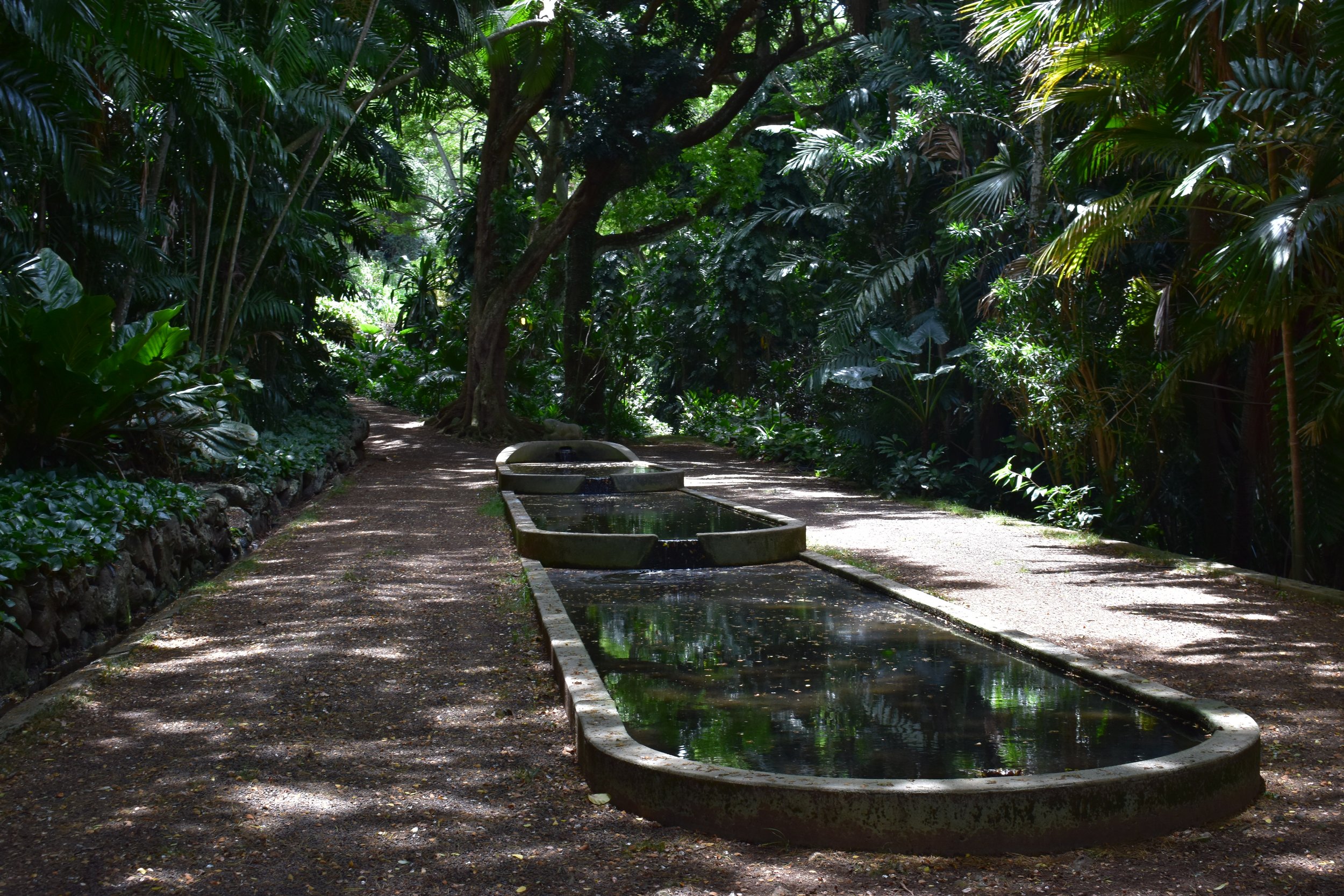Kauai, Hawai'i (Day Eight): National Tropical Botanical Garden
If you missed Day Seven from our belated-honeymoon trip to Hawai’i, go read about it here.
This day was one of the ones I was most excited for—because if you know me, you’ll know I’m a massive plant nerd and Jurassic Park fan. This place combines both of those loves into one magical package.
National Tropical Botanical Garden
There are several ways to view this massive botanical garden (which is actually separated into multiple gardens). For a cheaper option ($30), you could opt for a self-guided tour of just the McBryde Garden. This garden is 50 acres, including Hawaiian natives, palms, rubiaceae (coffee family), zingiberales (heliconia family), and erythrina (coral trees). There is even a section of the garden dedicated to canoe plants (this land was once an important settlement of the early Polynesians voyagers who settled the islands of Hawai’i) and sustainable farming practices. The McBryde Garden is considered an active conservation and research garden.
The Allerton Garden is the other draw of tourists coming to the NTBG, and it’s where you can see the famous Moreton Bay fig trees where iconic scenes from Jurassic Park and Pirates of the Caribbean were filmed. Since we wanted to see both, we opted for the Best of Both Worlds Tour ($60), which includes the Allerton and McBryde Gardens. You’re driven to the different sections of the gardens in a van and, if you’re lucky, you’ll have a colorful (and vaguely dressed like Dr. Alan Grant) tour guide to explain the history of the gardens to you.
The land of the McBryde gardens was willed to Queen Emma of Hawai’i in the nineteenth century. She planted rose apples, Alexandrian laurel, mangoes, bamboo, pandanus, ferns, and bougainvillea on the valley cliffs, plants that are still in the Allerton Garden today. During our tour, we visited a waterfall where she was said to bathe (and our tour guide said if anyone viewed her during this time, they would be killed). In 1876, Duncan McBryde leased the land from Queen Emma to build sugar plantations, and eventually this sugar plantation land was purchased for the NTBG.
Robert Allerton is more of an interesting character than McBryde. A man made rich by his family, Allerton attempted to become an artist, and when that failed, he became an art collector, patron, and gardener. In his travels, he met John Gregg, an architecture student, with whom he developed a lifelong “friendship.” They traveled the world together, collecting plants and art. Allerton adopted Gregg at some point along the way. They visited Kauai in 1937, fell in love with the Lawai’i Valley, and purchased the Allerton Gardens property.
At one point during the tour, our guide told us about these elaborate birthday gifts they’d create for each other in the gardens—from classical statues meant to resemble the other, to reflecting pools and waterfalls. Ryan and I were both like, yeah, they sound like great friends. Just friends. What friendly things to do for each other. In reality, they were more likely than not in a romantic relationship; adoption simply gave Allerton legal rights in Gregg’s life. Stop erasing LGBTQ couples in history!
Kalapaki Beach
We were originally supposed to visit Hanalei in the north part of the island for the second half of our day, but a landslide prevented us from being able to make the drive. Instead, we spent the rest of our last full day in Hawai’i at Kalapaki Beach. This was by far my favorite beach we visited on Kauai, though it was a little difficult to find the parking for it (the beach is connected to the Kauai Marriott Beach Resort, and you have to walk right beside the hotel to get to it). It’s partially protected by a break wall, which means there aren’t huge waves, and as you can see in the photos, it’s surrounded by the stunning cliffs that feel so quintessentially Kauai.
Up Next: Sleeping Giant, Chocolate Farm Tour, & Hanapepe





























